How to Make ABA Organizations Run Smoothly
Improving Efficiency in ABA Companies with Organizational Behavior Management

OBM applies the principles and methods of behavior analysis to improve performance at the organizational level. The goal is to establish an organizational culture that promotes behaviors that are efficient, effective, ethical, and consistent with the values of the organization. OBM rests on the assumption that an organization's culture emerges from its systems of reinforcement. To shape culture in a desired direction, OBM practitioners rearrange contingencies of reinforcement to make target behaviors more likely.
Here are some ways OBM can be applied to enhance efficiency in ABA companies:
Streamline Documentation
Documentation is a necessary part of quality ABA services, but completing paperwork efficiently is an ongoing challenge. An OBM approach would be to provide streamlined templates and feedback to shape more succinct, accurate documentation. Shorter turnaround times for note completion can also be reinforced. Audit and feedback processes can also be established to track documentation over time.
Promote Work Simplification
ABA technicians and other staff often develop workarounds for overly complex protocols. OBM promotes continuously analyzing procedures to find ways to simplify and eliminate inefficiencies. For example, an excessive number of data sheets could be replaced with electronic data collection. A recurring challenge with a certain activity could be addressed at its root cause rather than with repeated temporary fixes. Negative reinforcement should be considered to facilitate staff's adherence to policies and procedures.
Reinforce Consistent Use of Efficient Procedures
A lack of consistency can be a huge source of inefficiency as people redo work or problem-solve in the moment. An OBM framework would identify standard procedures and reinforce staff for using them consistently. Token economies can be used with staff as well! This consistency then allows further refinement of the procedures over time.
Shape Optimal Utilization of Staff Skills
OBM analyzes how staff skills are currently employed versus how they could be amplified. For example, staff with particular strengths may not be assigned to clients who would benefit most from their skills. OBM aims to optimize allocation of staff skills.
Develop Efficient Scheduling Systems
Inefficiencies often arise from suboptimal scheduling systems. For example, staff may struggle with unpredictable schedules or client cancellations might result in gaps in therapist's days. OBM would examine the organization's scheduling pain points and shape solutions, such as block schedules, improved cancellation policies, centralized scheduling software, etc.
Reinforce Collaboration & Communication
Lack of coordination between staff can result in duplicative work or knowledge gaps. We need to ensure that multiple staff are not independently working on the same task, such as creating materials for a client. An OBM approach promotes ongoing collaboration and communication through check-ins, case conferences, and clarification of expectations.
The Culture Shaping Power of OBM
The unifying theme across all these OBM initiatives is a focus on structuring the organization to reinforce efficient behavior. By creatively harnessing the power of reinforcement OBM practitioners can gradually shape an organizational culture where efficiency becomes the standard.
The amazing thing about OBM is that it takes all the tried-and-true tactics of ABA and directs them toward whole systems change. Over time, inefficiencies are weeded out, and efficient workflows are woven into the fabric of the organization. The result is an ABA company characterized by greater coordination, less wasted effort, and smoother operations from top to bottom. And an efficient company is best positioned to provide the highest quality ABA services to those in need.
References:
Daniels, A. C. (2008). Oops! 13 Management Principles That Waste Time and Money (and what to do instead). Atlanta: Performance Management Publications.
Daniels, A. C., & Bailey, J. S. (2014). Performance Management: Improving Quality, Productivity, and Positive Behavior. Psychology Press.
Questions? Email us at admin@premierbhconsulting.com
Ready to talk?
Book your Strategy Session Now
Looking for OBM CEUs and Info? Sign up at
https://www.premierbhconsultinggroup.com/registration/









